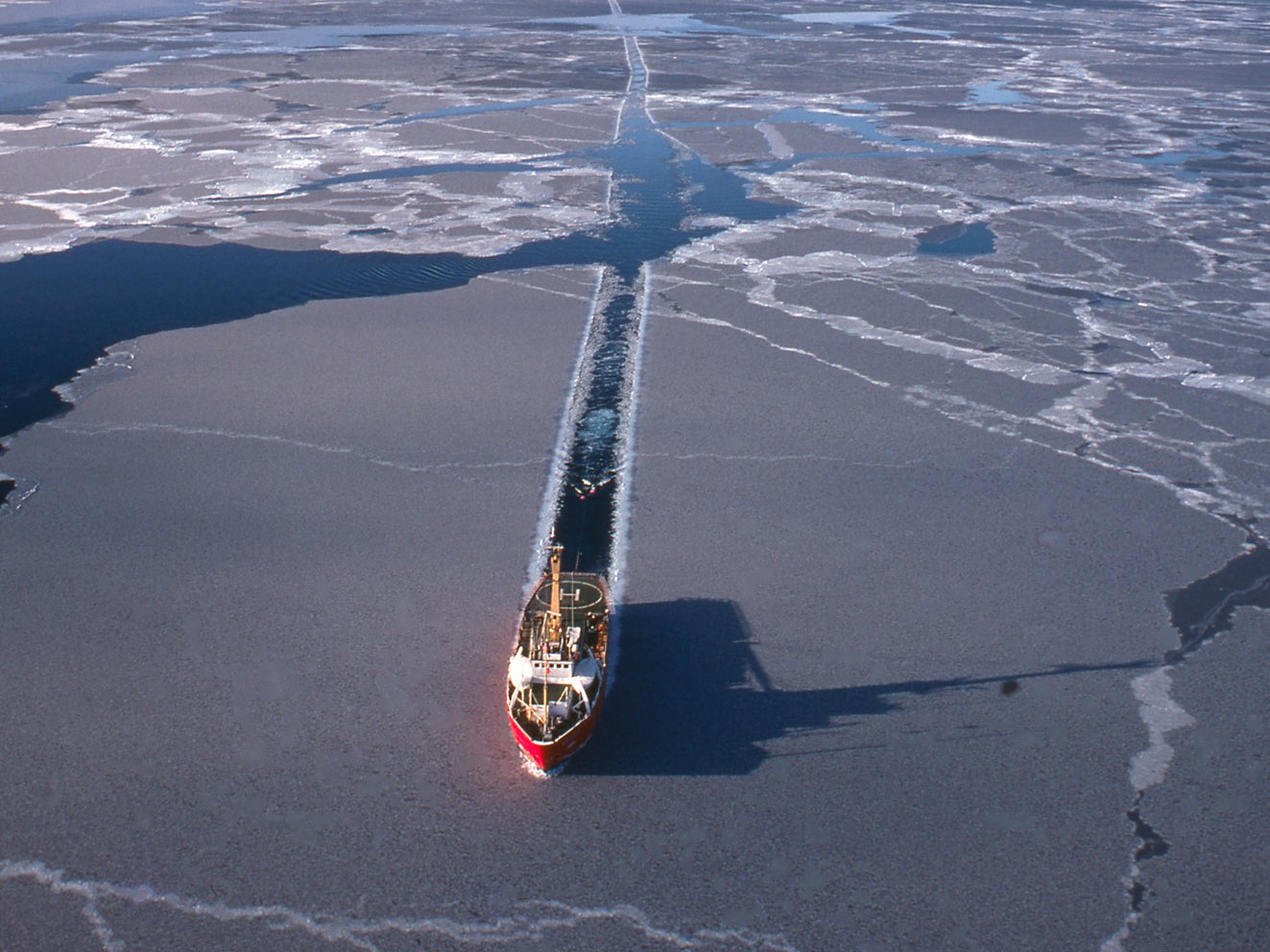This website uses cookies so that we can provide you with the best user experience possible. Cookie information is stored in your browser and performs functions such as recognising you when you return to our website and helping our team to understand which sections of the website you find most interesting and useful.

Around 127,000 years ago, during the last interglacial period, temperatures in the Arctic rose to around 2 - 6C above what they are today, eventually melting all the sea ice at the planet’s North Pole.
At the time, hardwood trees like oak and hazel grew well into what we now call the Arctic Circle, and hippopotamus roamed as far north as Leeds.
The high temperatures in the Arctic during this period have baffled scientists for decades - in particular the processes through which the warming led to the loss of the sea ice.
But a new study by an international team using the UK Met Office’s Hadley Centre climate model has allowed scientists to compare Arctic sea ice conditions during the last interglacial period with the present day.
The team said the evidence they have uncovered indicates the Arctic could see the complete loss of sea ice within 15 years.
This is because the model reveals that intense spring sunshine resulted in the creation of large numbers of “melt ponds”.
These melt ponds are important because they dictate how much sunlight is absorbed by the ice sheets and how much is reflected back into space.
Ice has a higher albedo (reflectivity) than water, and as the number and size of melt ponds grow, consequently the amount of energy absorbed from the sun rises - warming the planet further and causing further melting.
The research team said the findings are significant in improving predictions of future sea ice change.
Using the model to look at Arctic sea ice during the last interglacial epoch, the team concluded the impact of intense springtime sunshine created many melt ponds, which played a crucial role in sea ice melt. A simulation of the future using the same model indicates the Arctic may become sea ice-free by 2035, the team said.
Dr Maria Vittoria Guarino, Earth system modeller at the British Antarctic Survey, and joint lead author of the study said: “High temperatures in the Arctic have puzzled scientists for decades.
“Unravelling this mystery was technically and scientifically challenging. For the first time, we can begin to see how the Arctic became sea ice-free during the last interglacial.
“The advances made in climate modelling means that we can create a more accurate simulation of the Earth’s past climate, which, in turn gives us greater confidence in model predictions for the future.”
Dr Louise Sime, a palaeoclimate modeller at the British Antarctic Survey and joint lead author said: “We know the Arctic is undergoing significant changes as our planet warms. By understanding what happened during Earth’s last warm period we are in a better position to understand what will happen in the future.
“The prospect of loss of sea ice by 2035 should really be focussing all our minds on achieving a low-carbon world as soon as humanly feasible.”
Dr David Schroeder from University of Reading, who co-led the implementation of the melt pond scheme in the climate model, added: “This shows just how important sea ice processes like melt ponds are in the Arctic, and why it is crucial that they are incorporated into climate models.”
The research is published in the journal Nature Climate Change.



 Africana55 Radio
Africana55 Radio 

